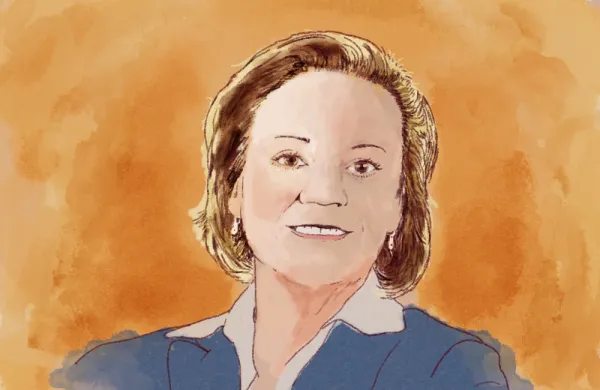In 1989 Axa was offered $300 million for its 72 percent holding in Donaldson, Lufkin & Jenrette. The company declined. In August de Castries unloaded his DLJ stake to Credit Suisse First Boston for $8 billion. The deal was considered a coup for the 46-year-old de Castries, who succeeded master deal maker Claude Bébéar just five months ago. His own assessment is more modest: "It's been a good investment."
Although DLJ had never been regarded as a core strategic business for Axa, says de Castries, market conditions allowed it to prosper. "The question that we constantly asked was whether the model could continue to work," he says. The fear was that, to prosper in Europe and Asia, DLJ would require more capital than Axa was willing to commit. De Castries notes that investment banking salaries "are getting uncontrollable." That point is highlighted by the $1.2 billion CSFB has put aside to retain key DLJ personnel.
Armed with the hefty proceeds of the DLJ sale, de Castries quickly offered $10.4 billion for the 42 percent of Axa Financial, the group's U.S. insurance and asset management businesses, that Axa does not own. Some minority shareholders of Axa Financial, and some analysts, think the offer is stingy - it was 22 percent higher than the average market value during the previous 30 days, but that premium has disappeared.
De Castries is not apologizing. "It's a good deal for the shareholders because they are swapping exposure to a DLJ for an exposure focused on our key growth businesses of asset gathering and financial protection. It makes sense for us from a financial perspective, also, but only within certain parameters. There is a price we will pay and a price we will not."




